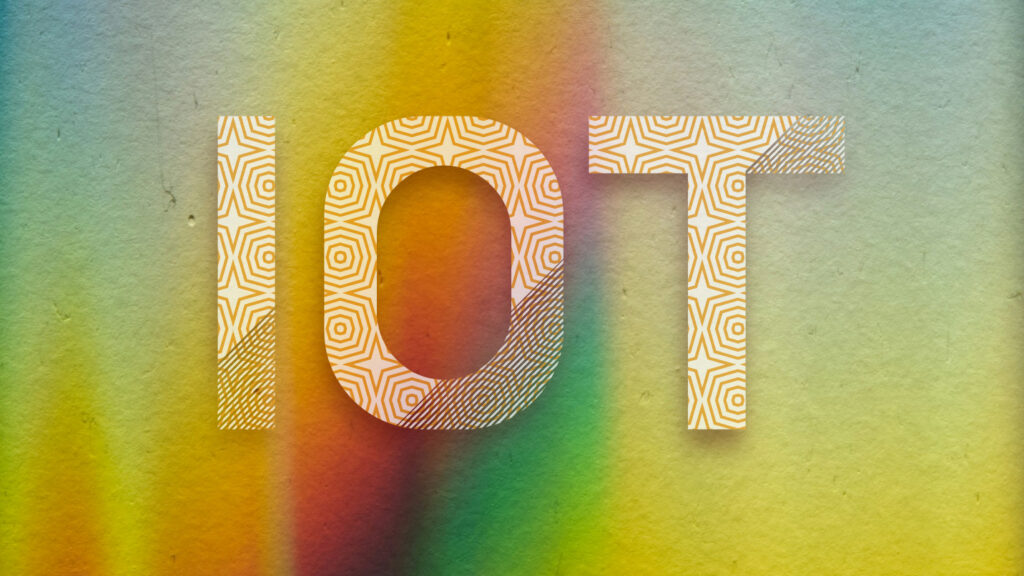IoT is not dead, of course – in case it needs saying. As a broad tech movement, and an awkward tech sobriquet, which basically describes every single connected-thing that isn’t a personal mobile computer, it is more powerful and important than ever. It’s just the hot air has cleared and the hype has gone, and it exists mostly as a connected user-equipment interface for a whole bunch of analytics-based software technologies – to measure, and monitor and track, the whole world.
Which in a period of planetary chaos – because of climate change, plus societal and economic change – is critical. Munich-based Giesecke+Devrient (G+D), which calls itself as a ‘digital security technology’ firm, has issued a press note to make clear how other technologies, which have completely overhauled IoT in the hype cycle, are making IoT more powerful and important. These are (if it needs saying): AI, of course, and also edge computing, blockchain, and eSIM/iSIM.
Actually, to be precise, it is SGP.32, in the last instance, the new GSMA specification for remote SIM provisioning, which will be brought to life in next-generation eSIM/iSIM based devices. And the result of these four technological inputs is to make IoT more relevant, in the end – to give it greater purpose, as a technology to create planet-saving (monitoring) solutions. Taken together, these five are five developing ‘trends’ reckons G+D – for the “secure and expanded use of IoT”.
Philipp Schulte, chief executive at G+D Mobile Security, comments: “The future of IoT connectivity will be shaped by significant technological advances, the integration of AI and edge computing, ongoing interoperability efforts, and the transformative impact of 5G. These developments will enhance the capabilities of IoT systems and make them more efficient, reliable and versatile – opening up new opportunities and driving innovation in various areas.”
So here they are, all five – in the words of G+D (with the marketing removed).
1. AI and ML – making IoT smarter
“AI and ML are modernising almost everything, including the IoT. By analysing large amounts of data, AI is improving IoT applications in areas such as predictive maintenance and energy management. Combining the analytical capabilities of AI with the data collection and monitoring capabilities of IoT creates an ecosystem where operational insights are gathered more efficiently. The result is smarter, more responsive IoT systems. However, there is one important point to bear in mind when integrating AI. AI relies heavily on accurate, validated and non-manipulated data to learn, make decisions or provide recommendations. This means that data integrity, based on the use of trusted and authentic data sources, is crucial to build trust in IoT AI ecosystems.”
2. Edge computing – making IoT faster
Subscribe now to get the daily newsletter from RCR Wireless News
“Edge computing allows data to be processed or at least pre-processed closer to the source. This also reduces the amount of data that must be sent to a central data centre in the automotive sector, for example. Edge computing significantly reduces latency, which is important for real-time applications such as industrial automation in manufacturing. The expansion of 5G networks will further improve communication between these devices and enable faster and more efficient data processing. Furthermore, the integration of AI and ML with edge computing is also expected to increase in the future, enabling edge devices to make complex decisions independently.”
3. Blockchain – making IoT safer
“As IoT devices increasingly handle sensitive data and its integrity, the role of blockchain in strengthening IoT security is becoming increasingly important. The decentralised nature of blockchain, with the ability to ensure the authenticity and security of data transactions across the network, provides enhanced data integrity. Blockchain can therefore become an important component in protecting against the growing cybersecurity threats in the IoT landscape.”
4. SGP.32 – making IoT simpler
“SGP.32 is a new specification published by the GSMA in May 2023 for remote SIM provisioning. As an example, there will be no need for additional connections via Wi-Fi or Bluetooth when commissioning an IoT device. This simplifies both the hardware of the device and logistical processes. Solutions… can be used to centrally manage the connectivity of entire device fleets via SGP.32. Instead of the SMS-based communication of the predecessor specification SGP.02, SGP.32 uses a faster and more reliable IP-based protocol. The required SIM login data and settings can be sent directly over-the-air (OTA) to the devices. This makes it much easier to load, activate and manage the SIM profiles of IoT devices. They can thus be managed more efficiently and flexibly over the entire life cycle. The new specification also promises a drastic reduction in operating costs and rapid scalability.”
5. Sustainability – giving IoT purpose
“Lastly, IoT will play a central role in promoting sustainability in various sectors. Modern, energy-efficient sensors combined with AI optimise resource management by enabling precise monitoring and control. The adoption of smart systems already underway in areas such as energy management and waste reduction are evidence of the growing influence of IoT in creating a more sustainable future. As the world struggles with environmental issues, the integration of IoT is becoming increasingly important, marking a new era where technology and ecology work in harmony.”
